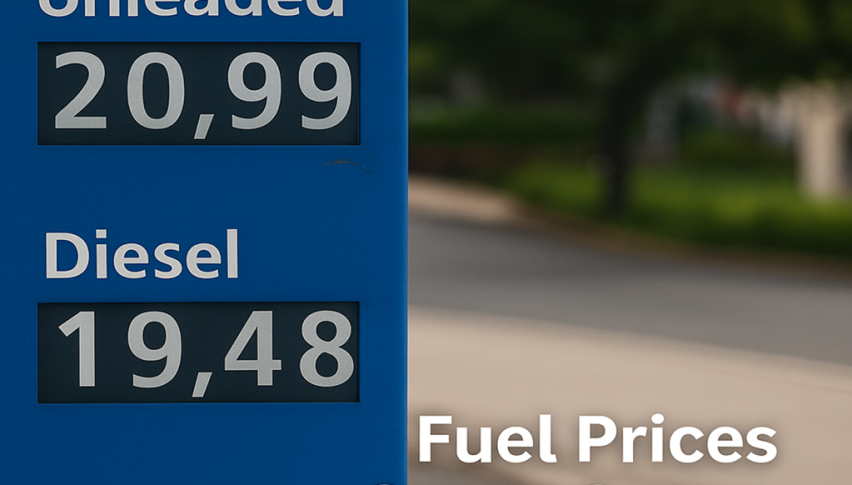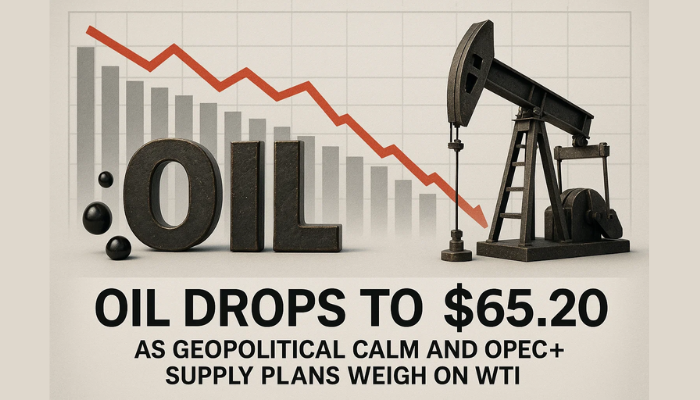Crude Oil Signal Hits TP Target Just Before the EIA Inventories
Crude Oil resumed the uptrend after bouncing off the 50 SMA, despite lower EIA inventories, as risk sentiment suddenly improves

Crude Oil turned bullish after sellers failed to break the support zone below $70 with the sentiment improving meanwhile. The recent OPEC+ production cuts pushed by Saudi Arabia and expectations of additional economic stimulus in China, have given Crude Oil bulls enough strength to push the price above the critical resistance zone around the $75 level.
After a brief rally below the $80 level, US WTI buyers encountered resistance and reversed as the People’s Bank of China (PBOC) refrained from implementing further rate cuts. However, on this week, China announced its commitment to providing more stimulus, which gave another boost to commodity dollars and Crude Oil, with the next target being the $83 resistance level.
WTI Oil H4 Chart – The 50 SMA Held As Support

MAs keeping the trend bullish for crude Oil
Looking at the H4 chart, we can observe that moving averages have been doing a great job acting as support and holding during the declining periods in crude Oil. The 200 SMA (purple) has been providing support during deeper pullbacks, while the smaller MAs such as the 20 SMA (gray) and the 50 SMA (yellow) have taken over when the trend has been stronger.
Yesterday we saw a retreat to the 50 SMA where we decided to open a buy Oil signal, which closed in profit after the rebound earlier in the US session. That came just before the EIA crude Oil inventories were released, which showed a lower drawdown than expected. Now traders will be waiting for the FED meeting to take place later in the evening.
EIA Weekly US Crude Oil Inventories
- EIA weekly US crude oil inventories -600K vs -2348K expected
- Prior weekly inventories were -708K
- Gasoline -786K vs -1,678K expected
- Distillates -245K vs -301K expected
- Refinery utilization -0.9% vs +0.1% expected
- Production estimate mbpd 12.2 mbpd vs 12.3 mbpd prior
- Impld mogas demand: 8.94mbpd vs 8.86mbpd prior
The API data released late yesterday:
- Crude +1,319K
- Gasoline -1,043K
- Distillates +1,614K
These numbers are better than the API data but still below the consensus and it’s the time of year when you would expect to be seeing larger draws. Oil is lower on the data.
US WTI Crude Oil Live Chart
- Check out our free forex signals
- Follow the top economic events on FX Leaders economic calendar
- Trade better, discover more Forex Trading Strategies
- Open a FREE Trading Account


